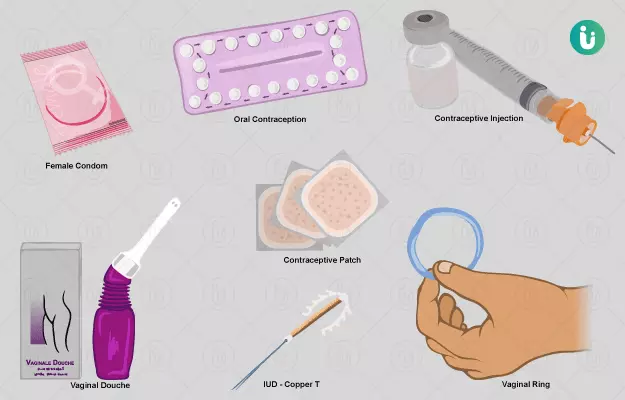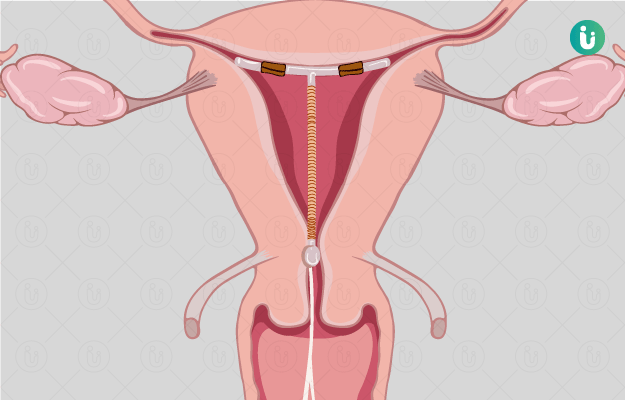Another popular method of contraception is the contraceptive pill or the combined pill or just the pill, which is available in different combinations and functions by various mechanisms.
Functions
It functions by increasing the thickness of the cervical mucosa, which makes it difficult for the sperm to penetrate and reach inside the female reproductive system. Another method by which it functions is that it thins the lining of the uterus, which reduces the chances of implantation of the foetus.
Some of the contraceptive pills may reduce the production and availability of the egg or the ovum, thus, desisting fertilisation. Contraceptive pills contain female hormones, estrogen and progesterone, in an artificial form, which is responsible for such actions.
Dosage
They are meant to be taken for a duration of 21 days, following a rest of 7 days during which bleeding occurs. Monophasic and phasic pills function in this way, with the difference between the two being in the amount of hormones.
A packet of monophasic pills has 21 pills with the same amount of hormone to be taken at the same time each day, following which no pills are to be taken for 7 days. Phasic pills contain 2 or 3 sections of pills marked in a different colour, containing different amount of hormones. They need to be taken in the correct order.
Another type of contraceptive pills are the everyday pills, which contain a pill for every month of the day. The first 21 pills contain hormones and are termed as ‘active pills’ and the remaining pills are placebo or inactive. Bleeding occurs while taking placebo pills.
They are meant to be taken beginning at the recommended day by your doctor, following which you take them for 21 days and then stop for 7 days during which bleeding occurs. On the eighth day, you are supposed to take the pill regardless of the state of bleeding.
The characteristic of these pills is that they are meant to be taken at the same time each day as prescribed by your doctor. Failure to do so may reduce the effectiveness of these pills and diminish their contraceptive actions.
Side-effects
These pills have certain side effects like nausea, vomiting, diarrhoea, mood swings, headache and breast tenderness. They are also mildly associated with weight gain and clotting of the blood.
Whether or not the pill is suitable for you and which pill must be taken will be recommended to you by your doctor. You must sincerely follow this advice and ensure uniformity in time while taking the pill.
(Read more: Misconceptions and myths about contraceptive pills)
























